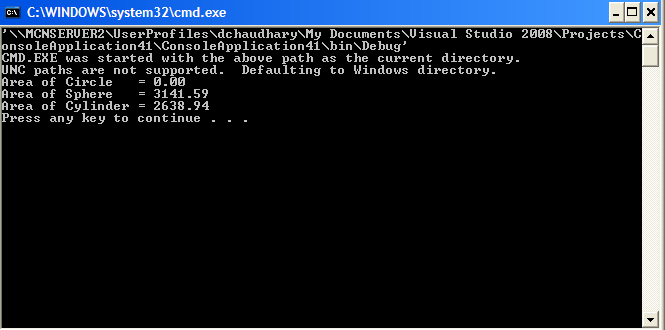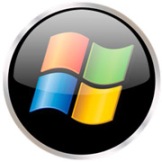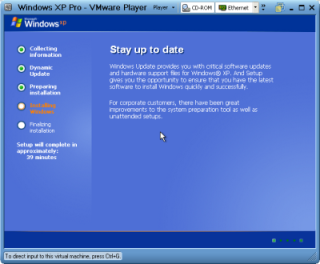1. Download Alexa Toolbar
The toolbar is quite useful to keep track of your sites ranking.2. Write Blog Post about Alexa
Just like other networks, Alexa do love sites which posts content about it and let their users know the credibility and value they possess in current internet market. A post linking to them with a few words about their services and boom! Alexa will notice and make you go up the rank ladder a few steps.3. Ask for reviews
If you ever had visited your Alexa site rank with concentration you must have seen that reviews tab? Yeah if it’s there, it must be helping their service to rank websites and positive reviews will surely do wonders for your rank. If you have a trusted user base you can ask your traffic to write reviews about your site or if you are new on the ladder, get some friends do it for you in start and leave rest for your audience.4. Submit your blog to directories
Alexa tracks your back-links as well, so the more links you’ll have pointing your site either direct or deep it doesn’t matter much, you’ll get notice by them which will increase your web rank. This will also help your SEO campaign as Google also love and track links to the site and it helps them count your search engine rankings, but make sure the links are useful, originating from authentic sites with nice reputation and of the same niche as yours.5. Place Alexa widgets:
Just like I pointed out earlier, the more you’ll love Alexa on your site the earlier you’ll climb up the rank ladder. So make sure you are having their widgets on your site or blog. If your site is under 100K you can also place the traffic stats widget as well which will surely look good in your site bar or footer if its widget ready or else go with the simple site rank widget at least.6. Get more people to your site
More people = More Traffic and ultimately better rank. Sounds natural? So get some quality content on your blog and promote your blog or web which will ultimately bring you traffic and your rank will shoot as well.9. Auto Traffic Exchange
Traffic Exchange programs bring a lot of traffic to your blog, although the quality isn’t much worthy and often it increase your bounce rate as well as the traffic is more interested in getting paid or to get the source they clicked for. So traffic exchange does work but comes with its cons too which you should keep in mind too while opting for it.10. Offer guest post with quality content
I know a number of just started blogger who avoid linking to others, or allowing someone else to post on their blog, I too was like that in past, but remember in blogging you are dealing with the world wide web and you can never get attention of others while resting in isolation, you’ll have to make your own space and give some to others. So allow other bloggers to post on your blog, do the same and the results will be fruitful like nothing other but make sure that the content you post or ask other to publish is original and of worth. This will end with a boost to your Alexa rank certainly.11. Leave comments on high ranking sites
You see that Sites Linking IN under the Reputation heading? It obviously matters and the more you have links to your site the more your alexa rank will climb and the more SE Juice you’ll get. Now how to get links? One of the easiest methods to get links is to check well ranked sites on Alexa and leave a nice comment there with a backlink to your site. Although the link will be “no-follow”, but it will certainly drive targeted traffic to your site.Make sure what you left there is not a piece of junk which will be sooner or later removed by some moderator rather write what will build your reputation, motivate comment readers to check in and visit the link you left there.
You’ll lose a lot of traffic by just saying:
Hi! Nice article, please check my site at: www.some-xyz-website.com
Rather a nice article with a related link and brief introduction will surely help you gain user trust and they’ll visit your link for more in depth knowledge.12. Frequency of posts
I tried it myself and get no real benefit, but it’s quite common community trend to ask new bloggers and authors to publish their content on a fixed time. This will help the crawler know when you publish your content and it will be already there to index your site as early as possible, also this will boost your rank and ultimately will increase your loyal readership who’ll actually then know when they’ll find some more interesting information on your site.This technique is not applicable to a few niches including tech updates, news etc. as they have to break the news as earlier as possible and they can’t actually wait for their posting time to come. So make your decision keeping in view your niche demands.
13. Branding with your name on other sites (Gravtor)
Brand your site on other platforms with the help of a logo gravtor, this will give you a unique presence and will also increase your online reputation which ultimately leads to more traffic, more ranking.
Get famous = Get Online Presence = Get More Traffic = Get Nicer Ranks
Simple, isn’t it? So why not start acting then?14. Social networks (Facebook/Twitter/ G+)
Search engines now a day crawl all these places to get some more information on who’s in trending now? Which site’s content is getting viral and doesn’t give a damn about all these places and just keep on seeding content on their site.Make sure you use all these platforms to engage your readership and keep them busy with your latest content. Their likes, shares, retweets, +1s all will count to the big cause and will drive your more traffic and more rank.
And the last tip which is import of all:
15. “Remember, Content is KING”
The heading says it all, no more explanations.Foot Note:
Did you know that the average person spends just 7 seconds on a resume?The point is that people have short attention spans, and if you write in huge paragraphs, with no proper formatting, you’ll likely lose readers. After the 1,300th word, people’s eyes start glazing over, unless it’s superbly written. This post consists of 1297 words, so I am pretty much on track.





























